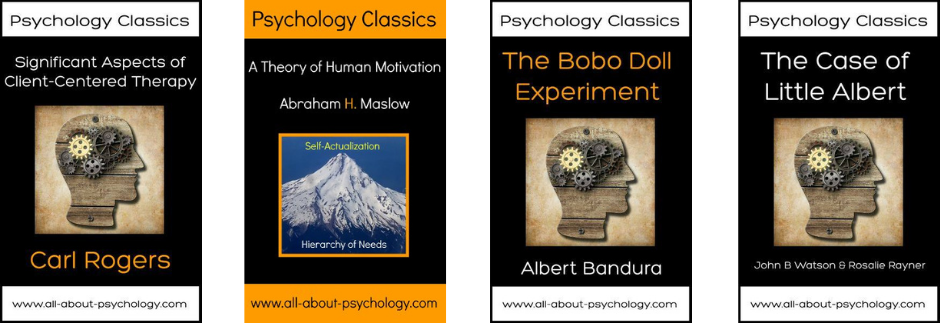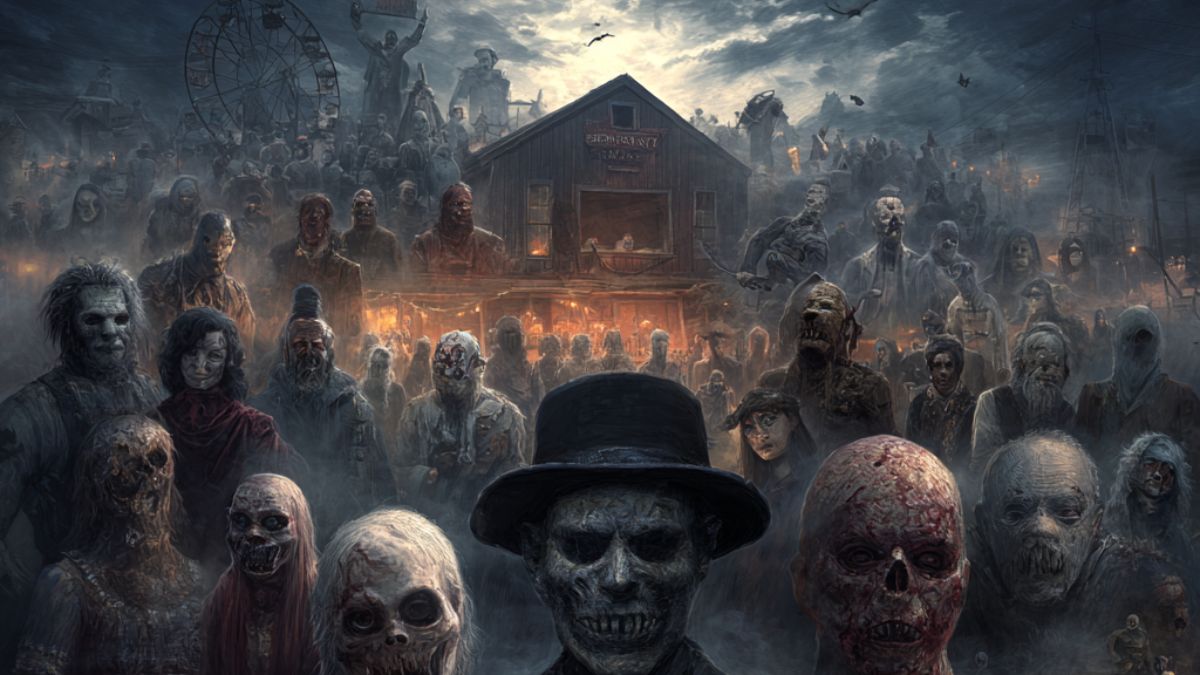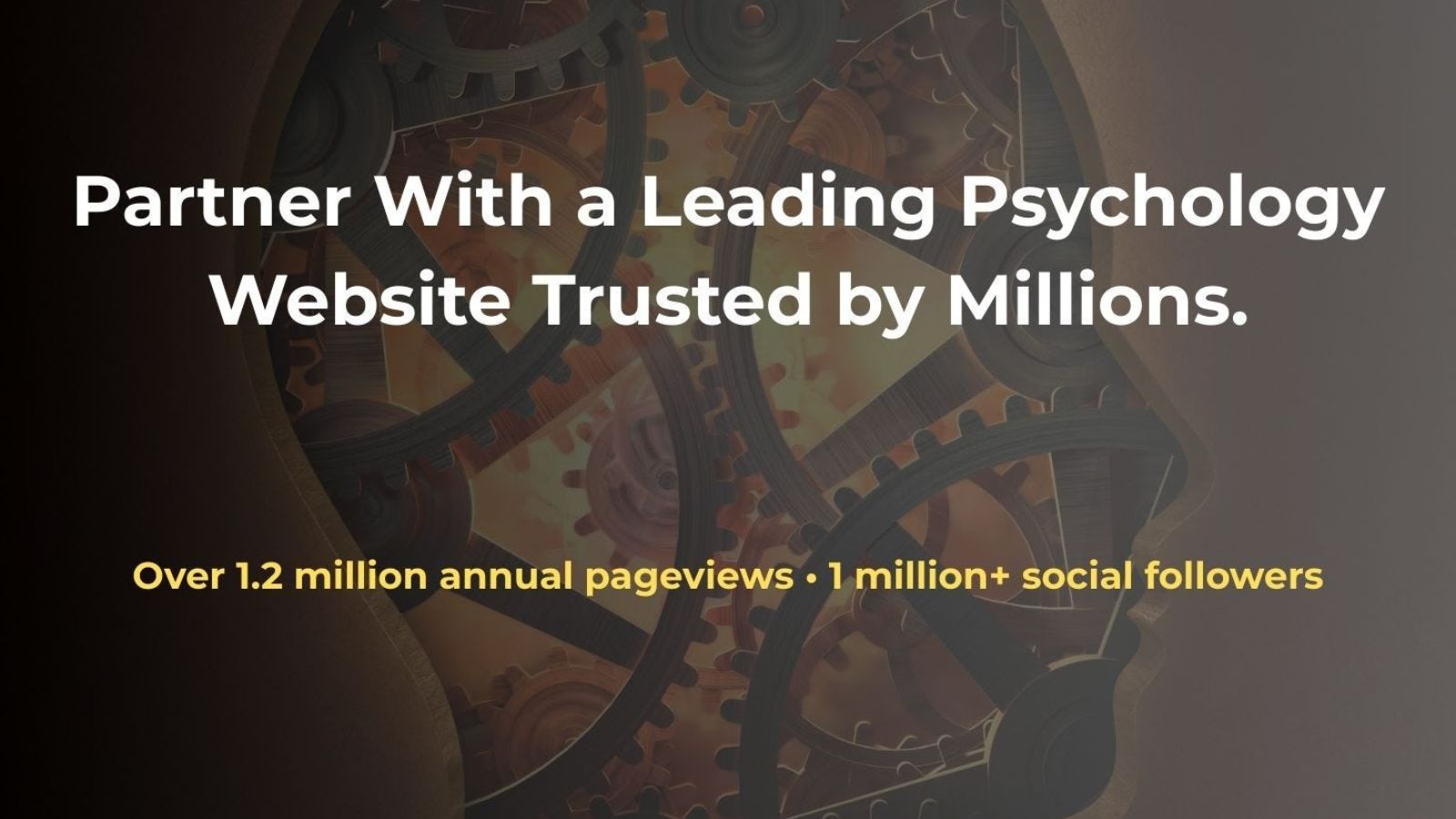Psychology Classics On Amazon

Recreational Fear: Why We Love Being Scared

David Webb (Founder and Editor of All-About-Psychology.com)
Why do so many of us love a good scare?
Are you one of the countless people who enjoy being scared for fun? If not, you probably know plenty who do. Think haunted houses, horror films and roller coasters. Have you ever stopped to ask what drives this counterintuitive habit, and why it feels good when, in theory, fear should not?
With Halloween just a couple of weeks away, this is the perfect moment to look closely at what researchers in the field refer to as recreational fear. In this article, I’ll explore what it is and how it works, how the appetite for safe scares shows up from infancy through adulthood, and why our minds and bodies are drawn to it. I’ll also look at the potential benefits, from stronger emotion regulation to hints of immune effects, and ask a practical question that matters for everyday life. Can a controlled fright help us become more resilient, mentally and physically?
Before moving on, I invite you to watch the following clip from The Haunting of Hill House…if you dare!
What Counts as Recreational Fear, and How Does It Work?
Recreational fear refers to experiences where people genuinely enjoy their own fearful emotions. It is not about liking something in spite of its frightening parts, but about taking pleasure because of them. The fear itself is the source of enjoyment, not an obstacle to it.
Researchers describe it as a mixed emotional state where the mind and body register real fear, yet the context allows it to be perceived as safe and even exciting. Watching a horror movie, plunging down a roller coaster, or exploring a haunted house all deliver a sense of danger wrapped in psychological safety. You know you are not truly at risk, but your brain reacts as if you are. This controlled contradiction is what makes the experience so compelling.
To understand it more clearly, here’s a simple classification:
Typically fearful activities: These are experiences that most people engage in precisely because of their scariness. Horror films, haunted attractions, and bungee jumping fall into this category.
Variably fearful activities: Some situations only become recreationally fearful for certain people or in certain contexts. Scuba diving might feel thrillingly dangerous for one person and purely peaceful for another.
Marginally or non-fearful activities: These are moments where fear may occur, but it is rarely the source of enjoyment. Public speaking, for example, can be anxiety-inducing, but few would call it fun because of the fear.
What unites all genuinely recreational fear experiences is a delicate balance between safety and arousal. Too little fear and the experience feels dull. Too much and it becomes overwhelming. Enjoyment peaks in the “sweet spot of fear,” that perfect middle ground where the heart races, the senses heighten, and the mind knows it is safe to let go. This is where fear transforms from an instinct to flee into an invitation to go along for the ride.
How Our Appetite for a Safe Scare Changes Across Life
The love of a good scare begins early. Even infants experience playful fear in the safety of trusted relationships. Games like peek-a-boo create a small moment of uncertainty followed by the joyful relief of reunion. That fleeting jump of surprise, immediately soothed by laughter, lays the groundwork for “safe fear.” Similar moments appear in childhood when a parent pretends to be a monster, when a story builds suspense before the happy ending, or when a child begs to be chased again, just to feel that spark.
As children grow, their appetite for fear often increases. Studies show that more than ninety percent of children between the ages of one and seventeen enjoy at least one activity designed to give them a playful fright. These early encounters are far from trivial. They allow children to test emotional boundaries, learn to manage their reactions, and discover that fear can be both exciting and temporary.
By adolescence, fear becomes a social experience. Watching horror movies, exploring dark places, or sharing viral scary clips becomes a rite of passage. Teenagers use these moments to signal bravery, bond with friends, and experience emotions together that might otherwise feel overwhelming alone.
In adulthood, the forms of recreational fear expand and diversify. Haunted attractions, thrill rides, extreme sports, and true crime podcasts all provide a way to flirt with danger while knowing it is contained. The thrill of fear never truly disappears; it simply evolves. Whether it comes from a roller coaster, a ghost story, or a suspenseful film, the desire to feel safely scared remains a surprisingly stable part of being human.
Why Some People Lean In While Others Opt Out
Not everyone enjoys a good scare, and research shows there are clear psychological differences between those who seek it out and those who avoid it. People who actively engage with frightening experiences tend to fall into three broad groups identified by researcher Coltan Scrivner and his colleagues.
Adrenaline Junkies love the rush. They thrive on intensity and stimulation, leaving a scary movie or haunted attraction feeling exhilarated and alive.
White-Knucklers approach fear as a challenge. They enjoy testing their limits and learning how to manage their reactions. For them, recreational fear becomes a form of self-discovery and emotional training.
Dark Copers take it a step further. They use frightening experiences as a tool for coping with real-world anxiety or low mood. By confronting fear in a safe, controlled way, they report feeling stronger and more in control of their emotions afterward.
A key personality trait that helps explain why people lean in rather than opt out is morbid curiosity, an ordinary, widespread interest in potentially dangerous or unsettling things. Far from being pathological, this curiosity appears to help people understand threats from a safe distance and learn how to manage strong emotions.
Research also challenges an old stereotype: that horror fans must be less empathetic or more coldhearted. It turns out that they are just as kind and compassionate as everyone else. Enjoyment of horror media is not related to reduced empathy or compassion.
It’s also worth noting that people differ in how they regulate their own level of fear. Many horror fans naturally self-tune their experience, covering their eyes, laughing with friends, or focusing on the story to stay within their personal comfort zone where fear feels thrilling rather than distressing. This ability to balance emotion may be part of what makes recreational fear so rewarding, and so revealing about how we handle fear itself.
What good can a good scare do?
A good scare in the right context can do more than just make your heart race. It can give your brain a chance to practice managing fear. When we choose to be scared, whether through a haunted house, horror movie, or a spooky game, we experience intense emotions in a safe and controlled environment. This balance between safety and fear is what makes the experience both thrilling and beneficial.
Research has shown that when fear is self-chosen, it allows people to explore and regulate powerful emotions. In one study, visitors to a haunted attraction wore heart rate monitors while navigating a series of scares. Those who experienced a moderate level of fear, not too mild and not overwhelming, reported the most enjoyment and showed patterns suggesting active emotional control. In other words, a good scare can be a form of emotional exercise.
For children, the same principle applies via adventurous play such as climbing trees, exploring dark spaces, or engaging in make-believe danger. These activities let children encounter mild fear and uncertainty in ways that feel exciting rather than threatening. Adventurous play can help reduce anxiety risk by teaching children how to cope with fear instead of avoiding it altogether.
In both adults and children, the common thread is fear in safe doses. When we experience something frightening but know we are safe, we can experiment with our emotional boundaries, test our coping strategies, and discover what helps us return to calm. It is not about seeking fear for its own sake, but about learning how to meet it and move through it.
Can playful fear build resilience against anxiety?
Building on this, researchers have begun to ask whether these short bursts of controlled fear might do more than sharpen emotional control, could they actually make us more resilient to stress and anxiety?
Fear is often seen as something to avoid, yet learning to face it in small, controlled doses may be one of the best ways to build psychological resilience. When people seek out playful fear through scary movies, haunted attractions, or adventure-based activities, they are essentially rehearsing how to stay composed in the presence of stress. This repeated practice helps the brain learn that intense emotions can be managed rather than feared.
During the COVID-19 pandemic, researchers at Aarhus University found that people who regularly engaged with horror films or other frightening media showed greater psychological resilience. They reported fewer symptoms of anxiety and distress and felt better equipped to cope with uncertainty. Watching controlled fear unfold on screen may have acted as a kind of emotional training, helping them adapt to real-world threats.
In both adults and children, playful fear offers something more than entertainment. It provides safe, repeatable experiences that allow us to practice coping, recover from arousal, and strengthen emotional regulation skills. While more research is needed to understand how these effects translate to everyday anxiety, the emerging evidence suggests that a little fear, when chosen freely and safely, can help us face life’s real uncertainties with greater steadiness.
Can a short, safe fright help the body too?
The benefits of a good scare may reach beyond the mind. When we experience fear in a safe setting, our body goes through a rapid surge of physiological changes. The heart rate climbs, breathing quickens, and stress hormones are released, but only for a short time. Once the scare is over and safety is restored, the body settles back down. This rise and recovery may act as a kind of workout for the stress response system.
Research in psychophysiology has begun to explore whether short, voluntary scares might affect the immune system. For example, in one field study, participants who visited an intense haunted house provided blood samples before, immediately after, and three days later. The researchers found no overall change in inflammation levels across the group, but exploratory analyses suggested possible decreases in certain immune cells and in markers of low-grade inflammation among those who showed higher baseline levels. These early results are far from conclusive, yet they point to the possibility that brief, voluntary stress could momentarily shift the body’s immune activity in a positive direction.
A short, safe fright may therefore serve as a kind of reset button for the nervous system. The body learns to move from high alert back to calm, strengthening its flexibility and resilience in the process. While more research is needed to confirm the longer-term effects, the idea that a controlled scare can benefit both mind and body continues to gather scientific interest.
How scientists study fear for fun
Studying fear in the real world is no small task. Traditional laboratory settings allow for tight control, but they often struggle to capture the full intensity of real emotion. To understand how people actually experience and enjoy fear, researchers, as alluded to above, have begun moving beyond the lab into haunted houses, horror attractions, and other real-world environments to study fear as it naturally occurs. These field studies let scientists observe fear as it unfolds in its natural context, while still collecting data with laboratory-level precision.
Participants in haunted house experiments wear heart rate monitors, fill out self-report scales, and sometimes provide saliva or blood samples for biological analysis. Video recordings and behavioral coding capture visible reactions such as facial expressions, posture, or group interactions. This combination of methods gives researchers a fuller picture of how fear feels, looks, and affects the body in real time.
The approach is known as ecologically valid research, meaning it reflects the conditions in which recreational fear actually occurs. By blending scientific control with real-world intensity, these studies move beyond hypothetical scenarios and into experiences people willingly choose. This matters because it helps psychologists see how fear operates when it is voluntary, playful, and social, rather than purely threatening.
Through this multimodal lens, psychological scientists can begin to map how fear, safety, and enjoyment interact within the same experience. The result is a clearer understanding of why we sometimes seek fear for fun and how those moments might shape our emotional and physiological resilience.
If you would like to learn more about how scientists study recreational fear, watch this excellent discussion featuring Neil deGrasse Tyson, horror scholar Mathias Clasen, and neuroscientist Heather Berlin.
Final Thoughts
Taken together, the research paints a fascinating picture. Fear is not just something to be endured or avoided. When it is voluntary and safely contained, it can serve a useful purpose. Recreational fear gives people a chance to feel strong emotions, test their limits, and recover in ways that build emotional and physiological flexibility. From haunted houses to horror films to children’s adventurous play, the theme is the same: when fear is approached safely and by choice, it can strengthen rather than harm us.
The key is control. A scare should feel exciting but not overwhelming, challenging but not traumatic. The “right dose” of fear will differ from person to person. What feels exhilarating to one person may feel unbearable to another, which is why choice, consent, and safety are so important. Keeping the experience clearly framed as fun and playful helps the body and mind register the fear as something temporary and manageable.
For researchers, this line of work opens intriguing new directions. Understanding how playful fear strengthens emotional regulation and recovery may inform future approaches to anxiety prevention and resilience training. Some scientists are already exploring whether the principles of recreational fear can be adapted to therapeutic settings, such as virtual reality exposure or controlled stress inoculation.
The emerging picture is one of balance. Fear, when handled safely and by choice, can be more than a thrill. It can be a practice in courage, self-regulation, and recovery; a valuable reminder that our minds and bodies are built not just to withstand fear, but to learn from it.
🚀 Want to get your brand, book, course, newsletter, podcast or website in front of a highly engaged psychology audience? I can help!
All-About-Psychology.com now offers advertising, sponsorship and content marketing opportunities across one of the web’s most trusted psychology platforms - visited over 1.2 million times a year and followed by over 1 million social media followers.
Whether you're a blogger, author, educator, startup, or organization in the psychology, mental health, or self-help space - this is your chance to leverage the massive reach of the All About Psychology website and social media channels.
🎯 Exclusive placement
🔗 High-authority backlink
👀 A loyal niche audience
Learn more and explore advertising and sponsorship options here: 👉 www.all-about-psychology.com/psychology-advertising.html

Know someone who would be interested in reading
Recreational Fear: Why We Love Being Scared.
Share This Page With Them.
Go From "Recreational Fear: Why We Love Being Scared" Back To The Home Page
